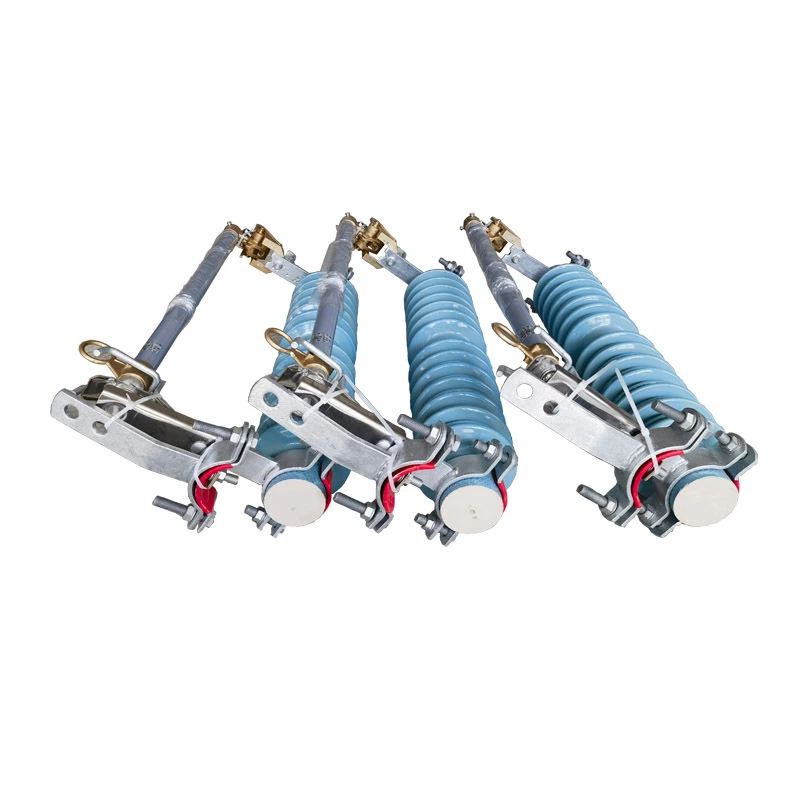Analysis Of Terminology System And Technical Standardization Of Drop-out Fuses
As a key protection device for distribution lines, the naming system of High Voltage Fuse reflects the development of technology and the evolution of industry cognition. Taking the NBM drop-out fuse as an example, this article systematically analyzes the terminology system and application scenarios of the device from three dimensions: technical characteristics, regional habits, and standard specifications.
... ... "Drop-out" is derived from the mechanical characteristics of the fuse tube automatically tripping and falling after the fuse is blown, which accurately describes its action form. It is called "drop-out fuse" in the International Electrotechnical Commission (IEC) standard, emphasizing the physical displacement characteristics after breaking. This naming method intuitively reflects the working principle of the equipment and is widely used in engineering sites.
... ... ... ... ... 15166) adopts "ejection fuse" as the standard term, but "drop-out fuse" is commonly used in the power industry regulations (DL/T 640). There are regional differences in engineering practice: North China often calls it "drop-out fuse", while Jiangsu, Zhejiang and Shanghai regions usually use "link" (derived from the transliteration of the English word link).
...
The North American ANSI C37.40 standard defines it as "expulsion cutout", emphasizing the circuit cutoff function after the fuse is blown. The European EN 60282 standard uses "drop-out fuse-disconnector" to highlight its isolation function. The Japanese JIS C4609 uses the literal translation of "drop-out fuse-disconnector" and retains the description of the action characteristics.
... 62271-111 classifies traditional drop-out fuses as "fuse-disconnector combination appliances", promoting the development of terminology towards functional complexity. The new version of GB/T 15166.5 adds the term "load fuse", reflecting the technical route of the evolution of equipment into operating appliances.
... Industry standard DL/T 640 stipulates that the complete name should include: rated voltage (such as 12kV), rated current (such as 100A), model code (such as RW12-10). A typical example "RW12-100/6.3" means an outdoor fuse with a rated voltage of 12kV, a current of 100A, and a breaking capacity of 6.3kA.
... With the development of electronic fuses, new terms such as "digital fuse" have emerged. This type of equipment uses PTC materials and sensor fusion technology. Although it inherits the drop-out structure, the protection characteristics have changed fundamentally, and a new classification needs to be established in the terminology system.
... ...
In design documents, GB/T 2900 standard terms should be used first, and non-standard terms such as "drop insurance" should be avoided. Foreign-related projects should pay attention to the conversion of ANSI and IEC terms. For example, when "cutout" corresponds to the Chinese "fuse", the structural type should be indicated.
... ... Technology iteration adaptability Pay attention to cutting-edge terms such as "intelligent drop-out switch" in the new IEEE P2746 proposal, which integrates functions such as fault detection and wireless communication. The evolution of terminology reflects the development trend of intelligent equipment.

